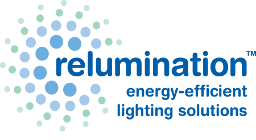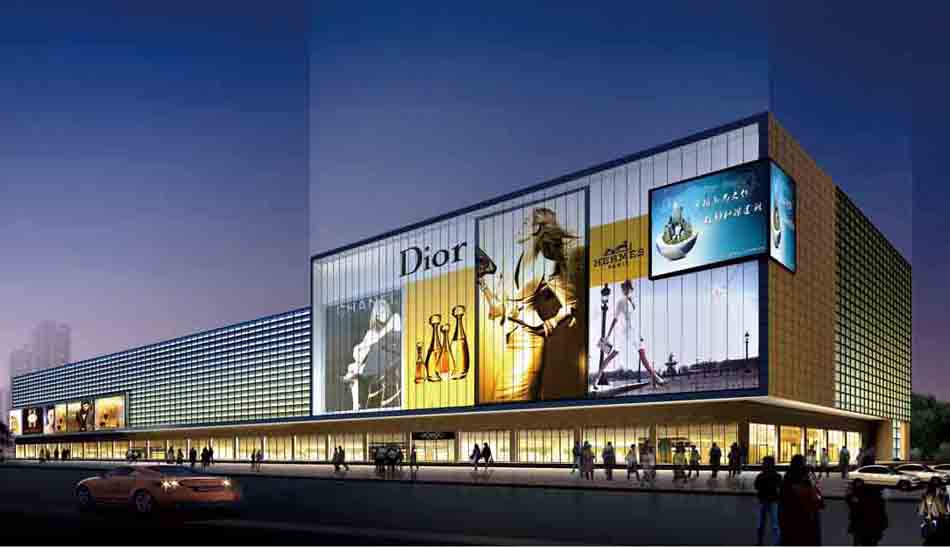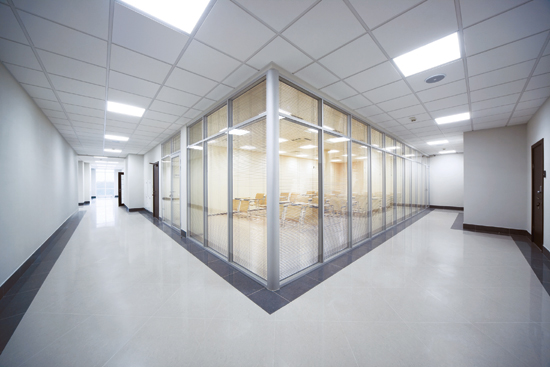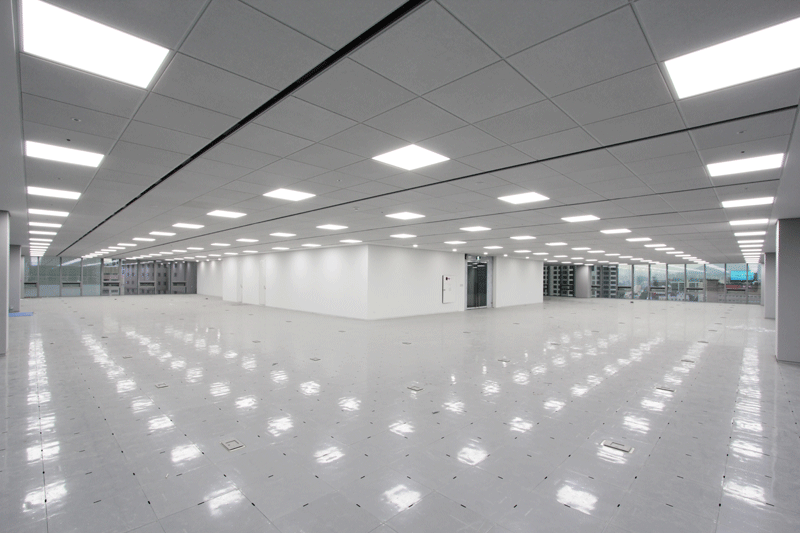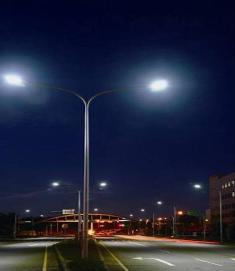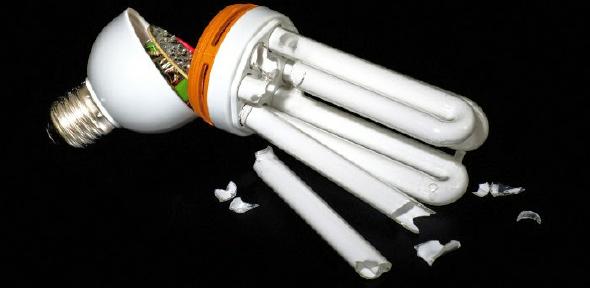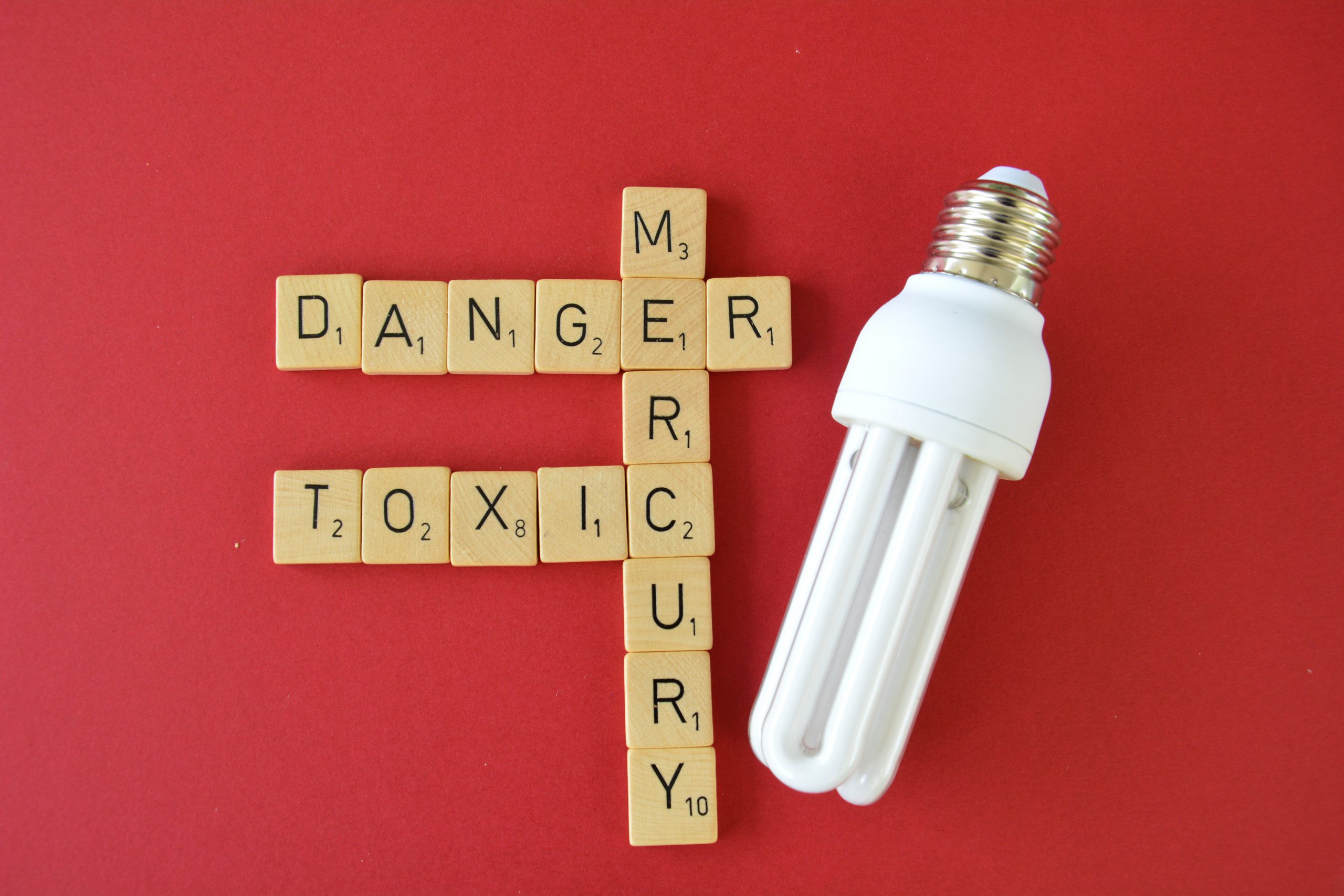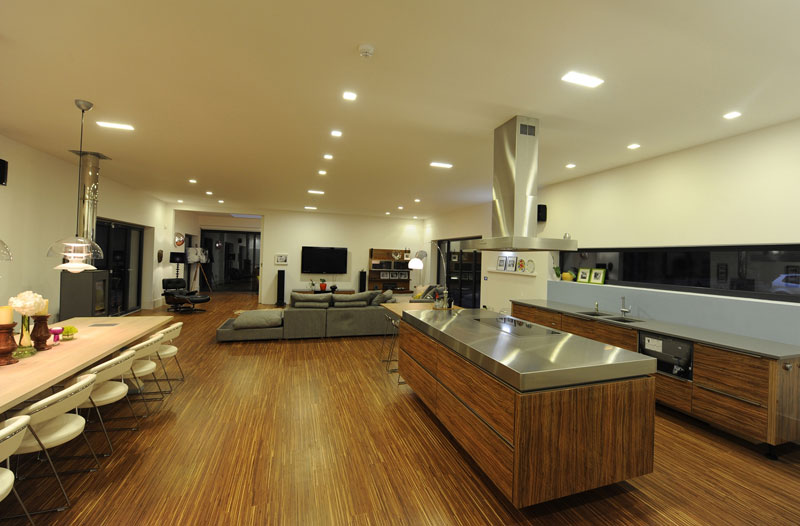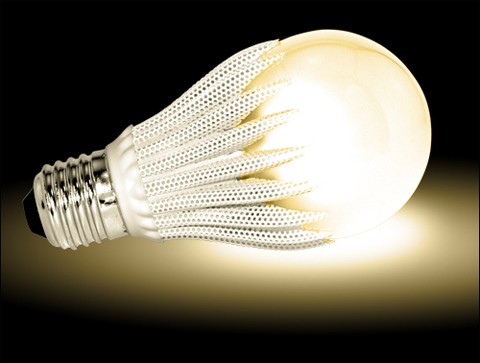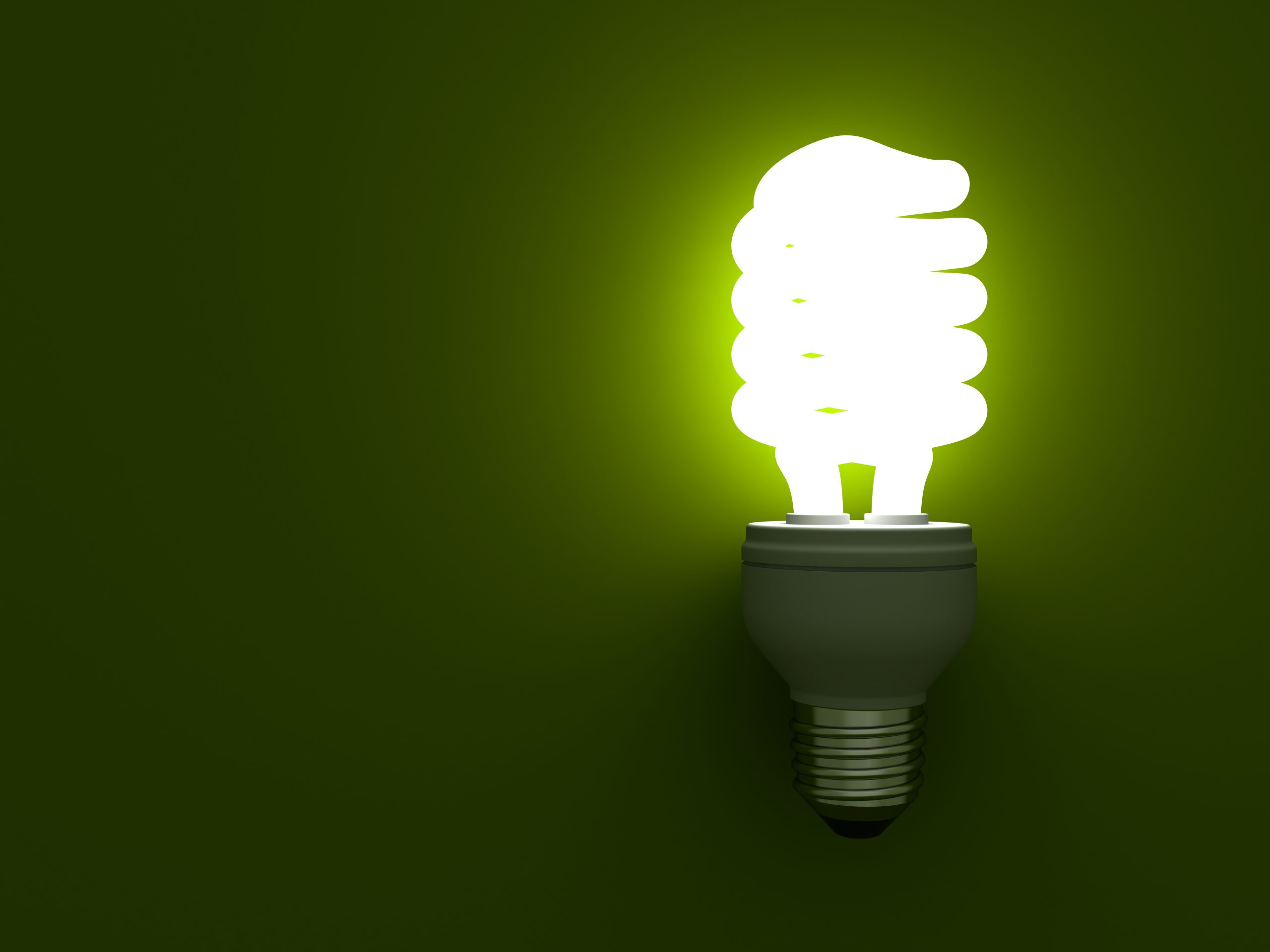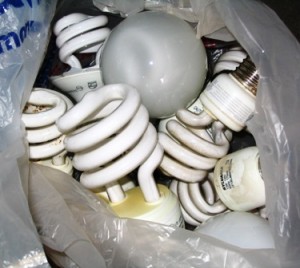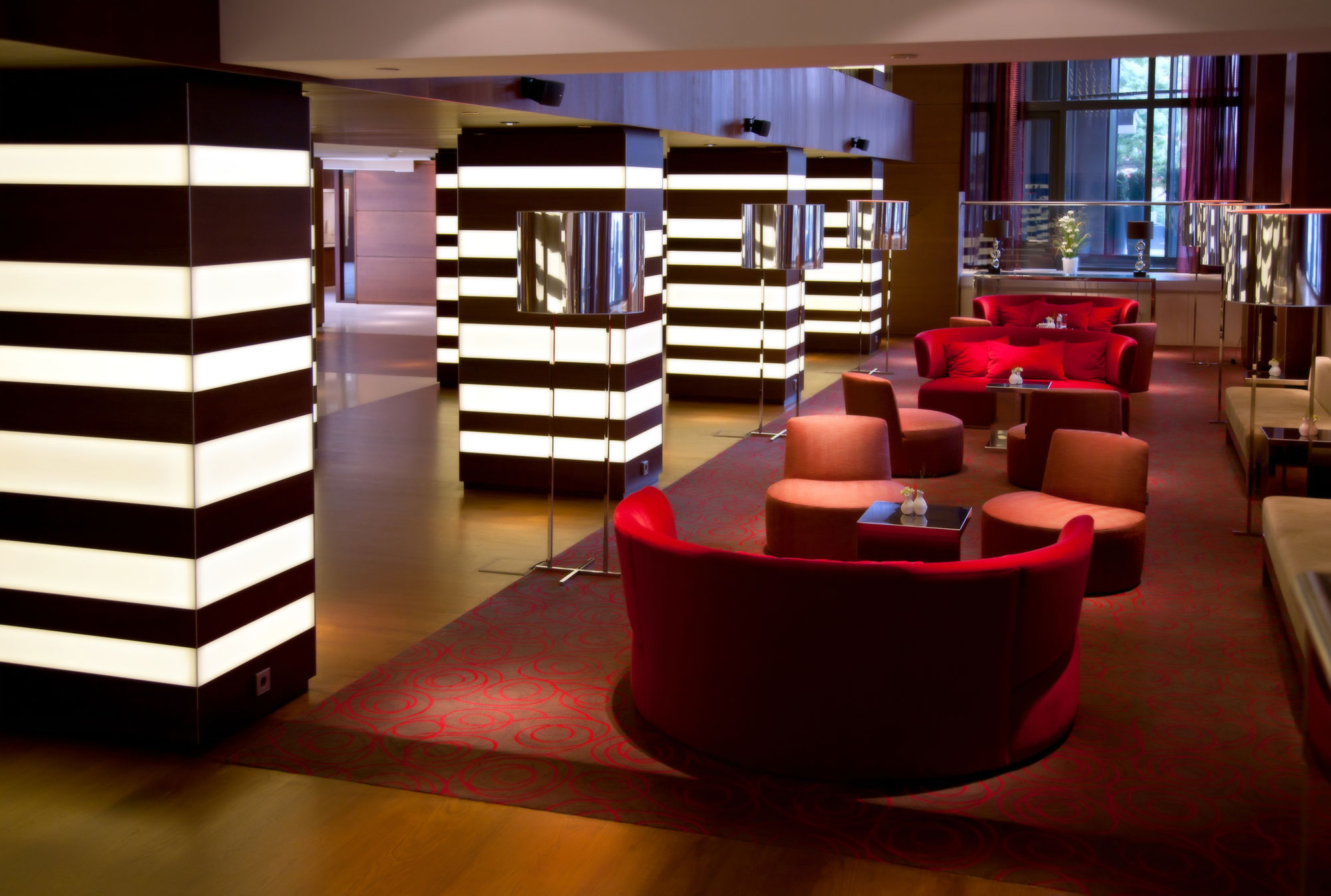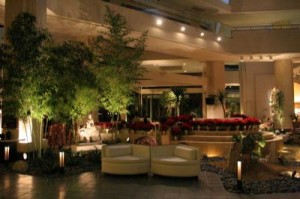LED lighting is a safer and energy-efficient alternative to traditional lighting fixtures in hospitals. Hospitals are similar to parking structures in the way that both of their lights burn 24 hours every day, so why not install the most energy efficient lighting possible? Hospitals also won’t have to worry about their lighting breaking and having a mercury contamination in the hospital because LED lighting does not contain mercury. The LED’s bright, white light is perfect for illuminating operating rooms and care units so doctors, nurses, and other medical professionals can see what they are doing.
Hawai’i Pacific Health has retrofitted the lighting in its four non-profit hospitals and 44 outpatient clinics and service sites around Hawai’i. HPC will be saving $10,000-$12,000 each month from the LED lighting installed in one of its parking structures. Combined with the lighting retrofitted in hallways, waiting areas, cafeterias, and offices, the HPC will be saving $1.2 million and seeing a return on their investment in 15 months. The American Hospital Lighting Company, LLC illustrates an example on their website of savings hospitals can take part in if they switch to LED lighting. A hospital with 500 two-lamp 40-watt four-foot fixtures and 500 four-lamp 40-watt fixtures uses 8,000,000 kilowatt-hours over five years. If the hospital replaced their lighting with T8 LEDs, they would only consume 2,000,000 kilowatt-hours over five years and reduce energy and maintenance costs by $628,847.
